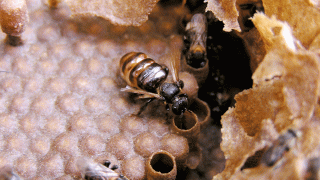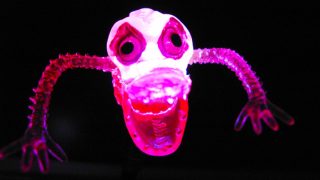
MI weekly selection #152
Humanities & Social Sciences • Science • Technology • Weekly Selection
Evidence of plague found in Bronze Age skeletons DNA testing of Bronze Age skeletons has found evidence of a plague outbreak that occurred thousands of years before the Black Death that devastated Europe in the 1300s. Researchers found enough Yersinia pestis DNA in skeletons that tested positive for the bacteria to produce complete genome sequences […]








